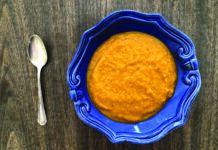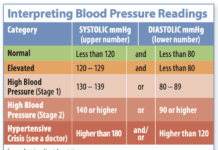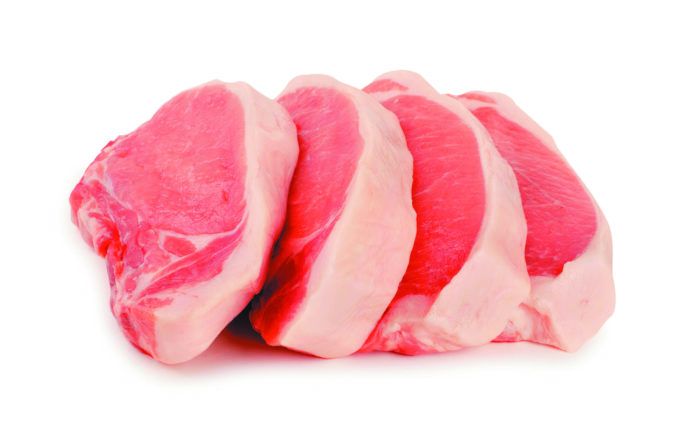A. Helen Rasmussen, PhD, RD, senior research dietitian in the Metabolic Research Unit at the Human Nutrition Research Center on Aging, answers: “In 1987 the National Pork Board advertised pork as ‘the other white meat,’ in an attempt to promote pork sales. In reality, pork is considered red meat, along with beef, veal, and lamb. The color of red meat is derived from myoglobin, an iron-containing protein present in muscle cells. Pork contains more myoglobin than white meat (fish and poultry).
“The Pork Board’s advertising led to the perception that pork is nutritionally more in line with chicken and fish than with red meat, but this is not the case. Let’s look at the numbers: A four-ounce serving of pork chop has more than twice as much saturated fat—3 grams (g)—as the same size serving of beef sirloin (1.4 g), three times more than four ounces of skinless chicken breast (1.1 g), and 15 times more than the same amount of Atlantic codfish (0.2 g). It also has more calories than the other options. Additionally, pork is often cured to produce ham or bacon, both of which are high in blood-pressure-raising sodium and potentially cancer-causing compounds.
“All things considered, this ‘red meat’ does not deserve the relative health halo bestowed on it by its clever marketing team.”























